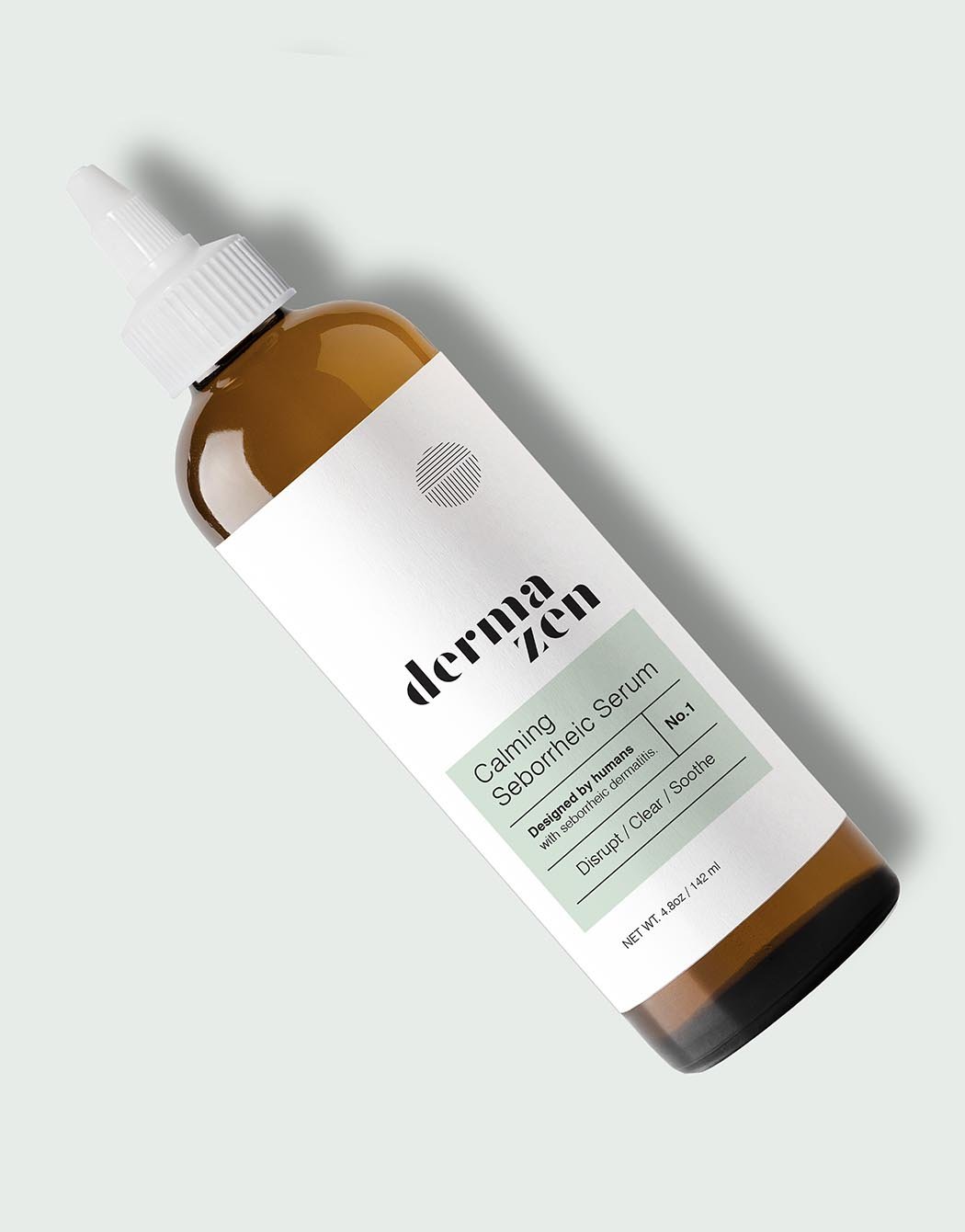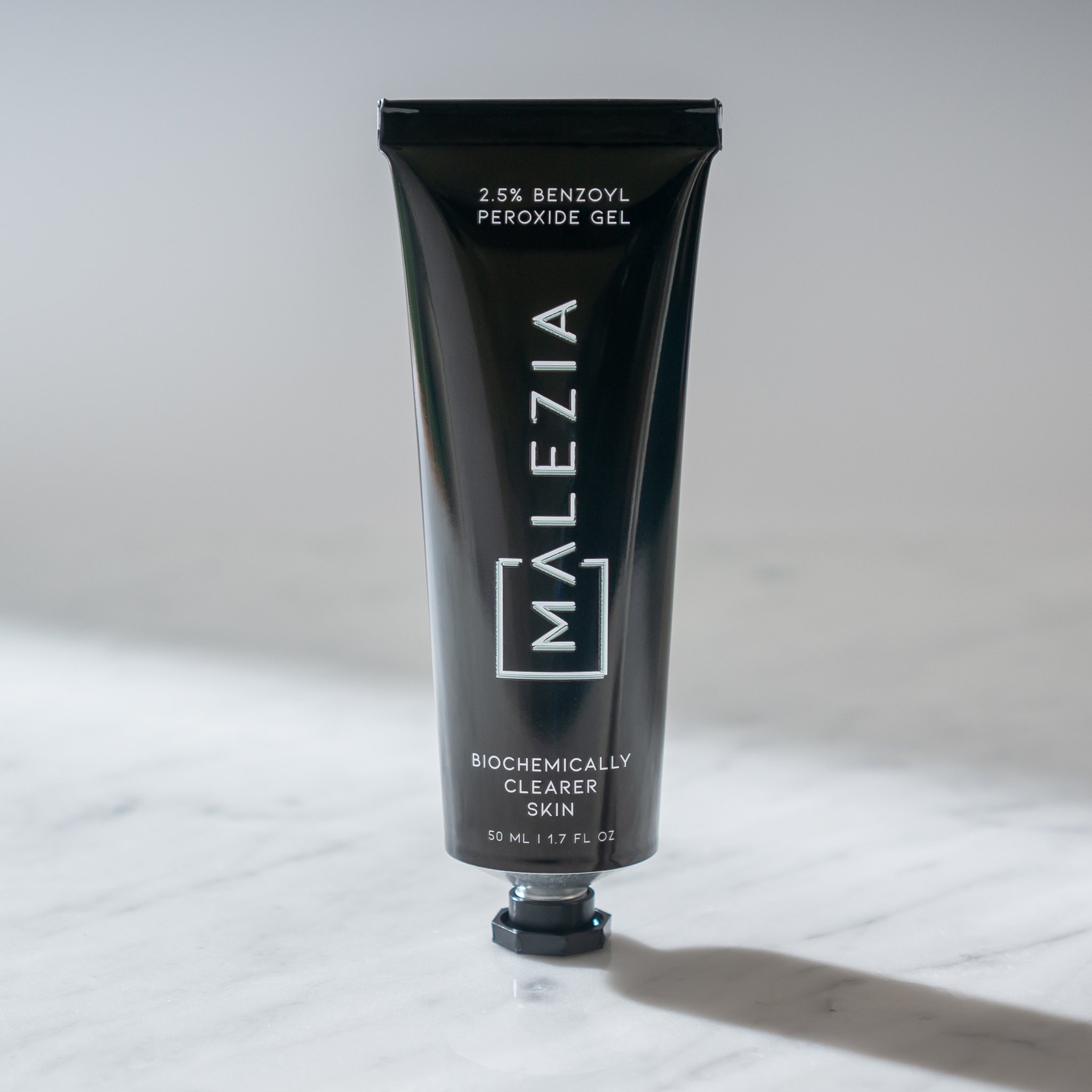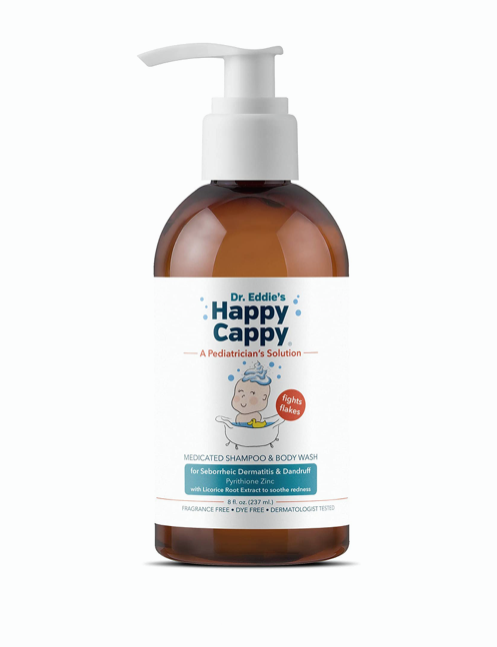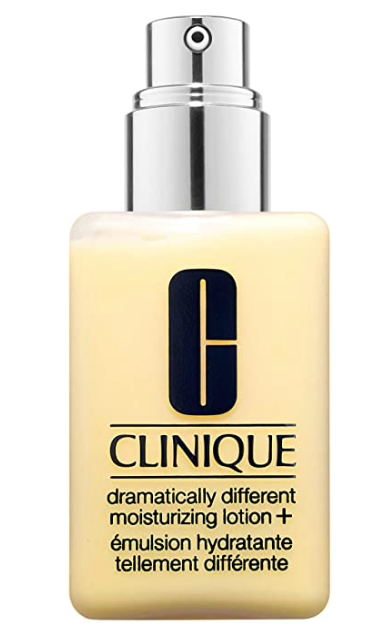What is Malassezia?
Malassezia is a fungus that feeds on oil and sebum found on the skin and in hair follicles. It causes skin conditions such as seborrheic dermatitis, dandruff, fungal acne, folliculitis, atopic dermatitis, and more. There is still much research to be done around the treatment and prevention of malassezia overgrowth. Sezia is doing our part to increase awareness and provide you with the resources needed to manage your malassezia.
What We Look For in Skincare Products
Because malassezia feeds on sebum and oil, we use machine learning to scan the labels of tens of thousands of skincare products to determine if the ingredients are safe for folks who are prone to malassezia overgrowth.
1. Free of Harmful Oils
The first test a product must pass is to be free of problematic oils such as coconut oil, olive oil, jojoba oil, castor oil, and more. These oils (also known as lipids) have a fatty-acid chain length between C11 and C24. The malassezia fungus thrives on oils within this range, so they are problematic for people with malassezia imbalance. Even if some of these lipids are typically antifungal - such as coconut oil - when it comes to malassezia, they will usually make the condition worse overtime.
2. Free of Toxic Ingredients
Next it’s important to avoid harmful and carcinogenic ingredients like parabens, synthetic fragrances, sodium lauryl sulfate, PEGs, talc, and others. These additives can cause inflammation and serious side effects over time. That’s why we do our best to recommend products without these harmful ingredients.
3. Safe Antifungal Ingredients
Since malassezia is a topical fungus, a robust skin care routine should have an antifungal component. We look for products that will help to reduce malassezia fungus without damaging skin cells. These ingredients include pyrithione zinc, tea tree essential oil, colloidal silver, grapefruit seed extract, sea salt, caprylic acid, and others.
4. Reviews from Real People
Some skin care routines can look good in theory, but we want to make sure they are actually helping real people experience real improvements. Anyone can pay for bots to leave positive reviews, but a picture says a thousand words. That’s why we do our best to recommend products with verified and photo-based reviews.




